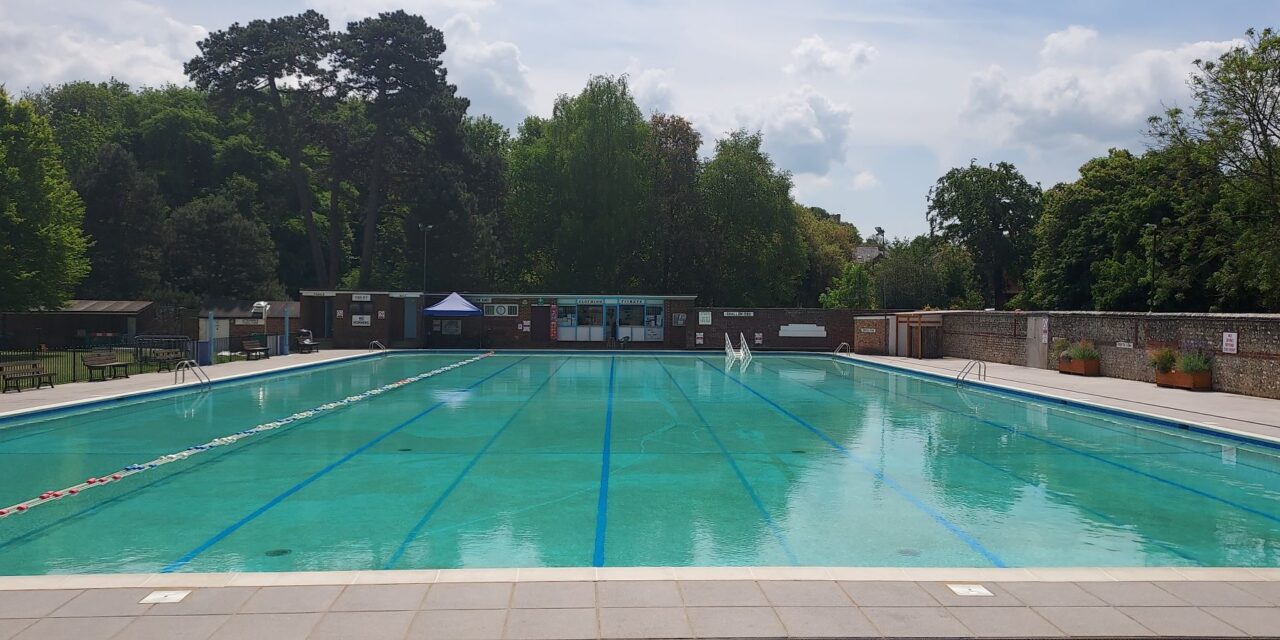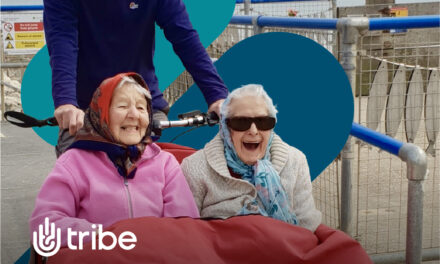Anyone who has stepped into a cold shower, been caught in a rainstorm or been unknowingly zapped by a water-gun will know that cold water can be a shock to the system.
But there are many health and wellbeing benefits of cold water. These benefits have seen open-air, cold-water swimming – in unheated pools or the sea (known as open water swimming) – grow in popularity.
If you already take part in the activity, or you like the thought of jumping into some cold water, join YES as we take a deep dive into the history of Pells Pool in Lewes and cold-water swimming.
Diving into open-air swimming
While cold-water swimming is a growing trend, Pells Pool has been welcoming people to its health-and-wellbeing boosting baths since 1861. In fact, it’s the oldest freshwater outdoor public swimming bath in the UK.
The facility’s only heat source is the sun, which means it can be cooler on some days. So, popping on a swim hat, gloves and socks can help take the shock out of daily dips, especially at the start and end of the season.
While this thought might discourage some people, cold-water swimmers are attracted to its cooler water, which is drawn from the chalk aquifer beneath the baths.
What’s in a name?
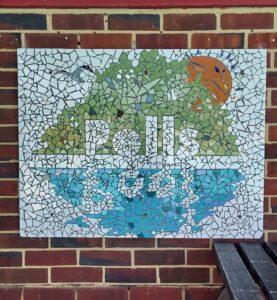
The first thing you might notice about the facility is its name. You could be thinking ‘Was it named after a person?’, or ‘What’s a pell?’ Well, you might be surprised to know the word ‘pells’ is from the Old English meaning pools or streams.
In this instance, Pells refers to the area of the historic town.
It’s fun to think the name of the facility translates to Pool Pool.
Making a splash
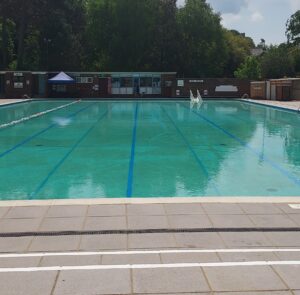
Initially, the baths were used by working men (woman were restricted to using the pool once a week).
In its first year of opening, in 1861, 200 season tickets and more than 1,000-day tickets were sold. An impressive number when you think swimming didn’t become a popular pastime until the early 1900s.
During war time, soldiers trained in its cool waters, and the 46 x 23 metre facility remains a popular place for people to learn to swim as well as exercise.
But it’s not always been fun times. The facility has had both highs and lows during the 144 years it’s been open.
The facility has withstood floods, frozen winters – when it was turned into an ice rink – falling into disrepair and even survived plans to close it and proposals to build a skatepark on the land. The later suggestions were met with petitions as people across the country fought to keep it open.
The pool was saved because it was owned by the Town Brook Trust on land given to the town by John Rowe in 1603. In 2001 the Pells Pool Community Association was set up to avoid further attempts to close it.
Today, the Grade II building is as popular as ever and remains a peaceful sanctuary in our busy modern world.
Reasons to cold-water swim
While most of us actively avoid jumping into cold water, it can have many health benefits. Cold water swimming can improve blood pressure and fat levels in the blood when practised regularly by those in good general health.
The physical benefits include helping with aches and pains, improving circulation, and boosting our overall fitness. But open-air swimming can also help manage our mental health, reduce stress levels and improve our overall wellbeing. The Royal National Lifeboat Institute explores these benefits in an online article.
However, if you have a history of heart conditions you should discuss your plans to start the activity with your doctor or specialist nurse.
This is because cold water causes a ‘cold shock’, which can cause a faster heart rate, higher blood pressure, and shortness of breath. This coupled with the activity means our heart must work harder than usual.
The British Heart Foundation (BHF) has advice about cold water swimming, especially if you have a heart condition.
Staying safe
It’s estimated around 7.5 million people swim either in open water or outdoor pools.
If you’re new to cold-water swimming, there are a number of things to consider. The Outdoor Swimming Society has some advice for beginner open-air swimmers that include:
- where it’s safe to swim
- things to be aware of before getting in the water
- how to safe while swimming
The Pells Pool website includes some cold-water swimming advice for people new to the activity. This includes:
- getting into the pool gradually – don’t dive in
- wear a wetsuit, swim hat, swim gloves and swim socks
- limit your swim to 15 minutes while to get used to open-air swimming.
Taking the plunge
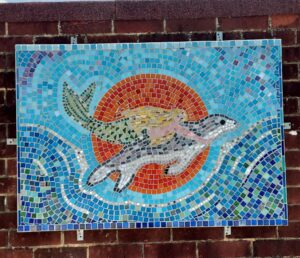
So, you’ve got the kit, read the advice and are preparing to take the plunge and dip your toe into cold-water swimming.
During the year, Pells Pool’s hosts special events, including midnight swims, and a summer solstice swim and festival on 21 June. It also hosts an annual Swimalong and bonfire swim, plus much more throughout the year.
Lane sessions are for adults and children 14 years or older. For safety reasons, children under 16 aren’t allowed to swim when the water is below 15°C.
As well as the main pool, there’s a paddling pool for kids, a sun terrace, a café and a beautiful tree-lined lawn where you can picnic and relax after an invigorating plunge.
Tickets for Pells Pool sessions can be booked up to two weeks in advance on its website, which has details of times and prices.
